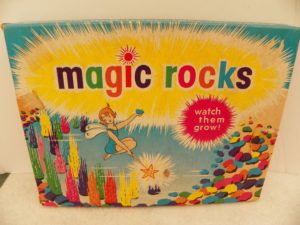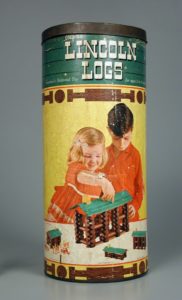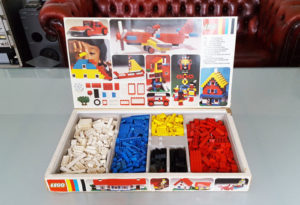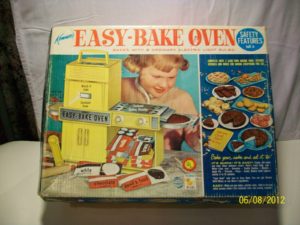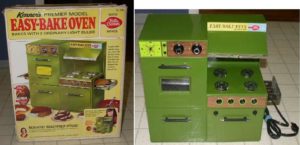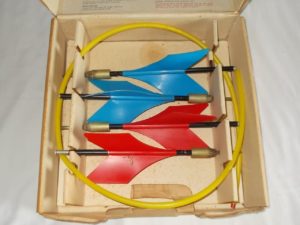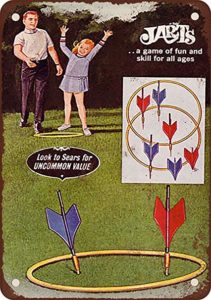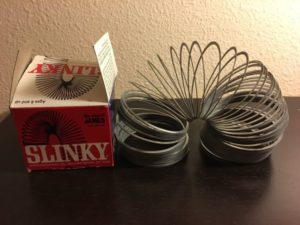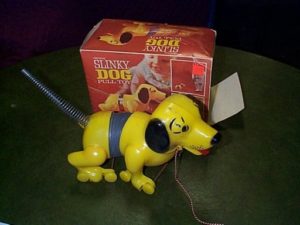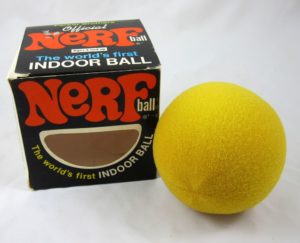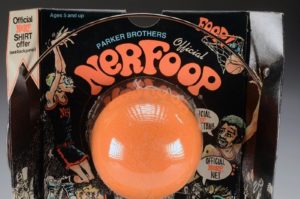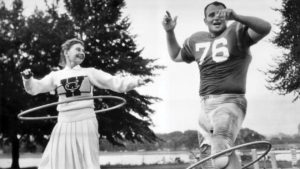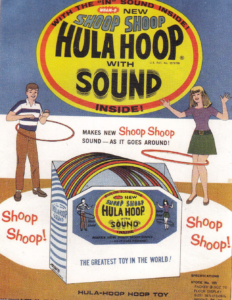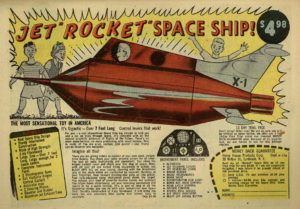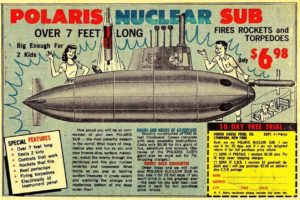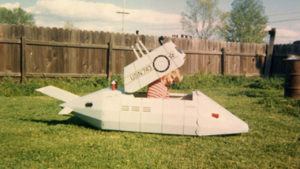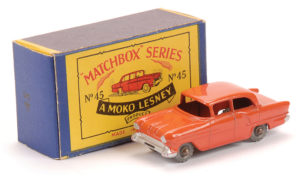
We Boomer kids were used to seeing “Made in Japan” on the bottoms of our various toys. Japan was the cheap place to make everything back in the 50’s and 60’s. But we were also used to seeing “Made in England” on one of our most beloved playthings: Matchbox miniatures.
It all began with a couple of unrelated Brits by the name of Leslie Smith and Rodney Smith on January 19, 1947. They founded Lesney Products in London, and began producing die-cast steel stuff. By the end of the year, the stuff included toys.
British kids grabbed them up from local stores as fast as Lesney could make them, so they kept it up.
By 1953, Lesney realized that they could make a very nice living concentrating on toys exclusively, and began looking at new product lines. Partner Jack Odell had a daughter whose school would allow kids to bring toys with the restriction that they be able to fit into a matchbox. So he took an existing Lesney toy, a green and red road roller, and miniaturized it so that it would be school-legal.
Lesney decided to sell the miniature vehicle in a replica matchbox. Thus was born a Boomer memory.
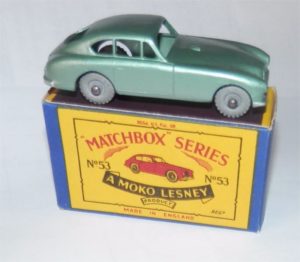
More models followed, and they were soon designated as the I-75 series. The implications were obvious: ALL must be collected! While some kids with generous parents were able to accomplish that, most of us had to merely settle for as many Matchbox cars as we could cajole from mom and dad.
Matchbox miniatures had no rhyme or reason as far as scale was concerned. They were all roughly the same size, whether a VW Bug or a dump truck. This caused derisive comments by some collectors who insisted on a particular scale. Whatever. The world in general didn’t care, and sales skyrocketed.
Kids loved the sturdy, detailed vehicles. While they were pricey compared to lower-quality toys, they were faithfully manufactured as authentic miniaturized versions of their bigger cousins, even original blueprints being used in many cases to get everything just right.
As the 50’s transformed into the 60’s, miniaturized cars were very, very hot. Two other British companies, Corgi and Dinky, got in on the act with their own accurately scaled, larger incarnations, and everybody sold lots and lots of cars, both in England and all over the rest of the world, particularly the USA.
Matchbox created other series, including airplanes, ships, and car/trailer combos. In 1968. Mattel turned up the heat with the introduction of Hot Wheels. Suddenly Matchbox had a real rival.
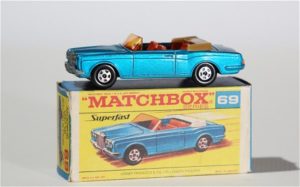
Hot Wheels were built with speed in mind. They had those cool spring-loaded wheels, too. Matchbox soon responded with their own Superfast series, and practically every American middle-class boy had either Matchbox, Hot Wheels, or both brands of cars in their bedrooms.
Matchbox cars seemed to appeal to more serious kids who appreciated their accuracy. Hot Wheels were more for us happy-go-lucky types. Some would take the rivalry so far as to shun one brand or another, but not me. I loved them all.
The bad economic air of the 70’s doomed Lesney, as it did so many other successful companies who couldn’t cope with the tight times. In 1982, they went into receivership, and the Matchbox brand name was sold for the first time. By 1992, rival Mattel owned Matchbox. This distressed collectors, who feared that the line would either disappear or become Hot Wheels clones.
But Mattel has for the most part kept Matchbox a more serious, accurate line of miniatures. Of course, they’re no longer made in England. However, they are still around, unlike many of our treasured toys that we grew up with. And they still exist pretty much as we remember them. In fact, many of us middle-aged businessmen have a few kicking around our offices or cubicles as stress relief.
Sometimes, a brief trip down memory lane with a toy is what it takes to deal with corporate stupidity.
